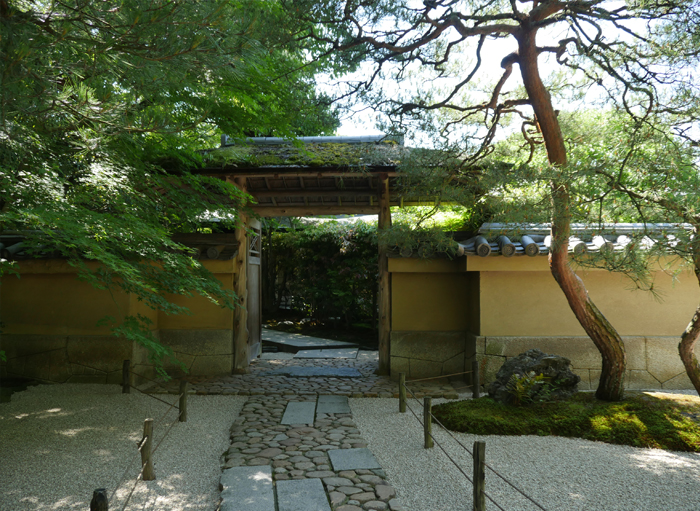MUSEUM VIEW
Learn about our profile & history
Great Gardens
According to our founder Adachi Zenko,"A Japanese garden is also a living painting." His belief and passion for gardening have been vividly applied throughout the 165,000 square meters of gardens. From the Dry Landscape Garden to the White Gravel Garden, the Moss Garden and the Pond Garden, the calm and graceful view expands before you at each step. The combination of such a resful atmosphere and Japanese paintings in the building refresh our visitors' spirits. Azaleas in sping, fresh greenery in summer, red leaves in autumn, and snow-covered gardens in winter-throughout the four seasons, the changing scenes of the gardens are enjoyable.



Adachi Museum’s Japanese Gardens Ranked
as Number One for the 12th Consecutive Year

Features of the Gardens
The Adachi Museum’s gardens have been ranked as number one in the “2014 Japanese Garden Ranking,” and this marks the 12th consecutive year in the number one spot. The ranking includes more than 900 places throughout Japan, including historical sites, and was compiled by the Journal of Japanese Gardening, a US magazine that focuses on Japanese gardens.
The White Gravel and Pine Garden
This elaborate garden delicately expresses the image of "Hakusa-Seisho" painted by Yokoyama Taikan. You will be impressed by the contrast of white garavel and deep green pine trees.

Living Picture
The window looks like a "living picture frame." The garden view through the frame is reminiscent of a screen of the Rimpa School, which expresses the taste of the changing seasons and shades of light.

Kikaku Waterfall
You will see the magnificent view of the waterfall which falls from a fifteen-meter height.Also, you can enjoy the taste of the coolness in spring and summer, and the landscape of the deep mountains in autumn and winter.

The Pond Garden
On the surface of the clear water, the Yokoyama Taikan Special EXhibition Hall almost seems to float over the water and the snow covered trees are reflected in it.

Tea house, "Juryu-An"
This is a tea ceremony house built as a replica of Shokin-tei, a tea house in the Katsura -Rikyu (Katsura Imperial Villa) in Kyoto. Juryu-an was named by Sen Soshitsu, the 15th Urasenke Master. Visitors can enjoy a cup of refreshing Japanese green tea, while appreciating the moss on the garden floor.


